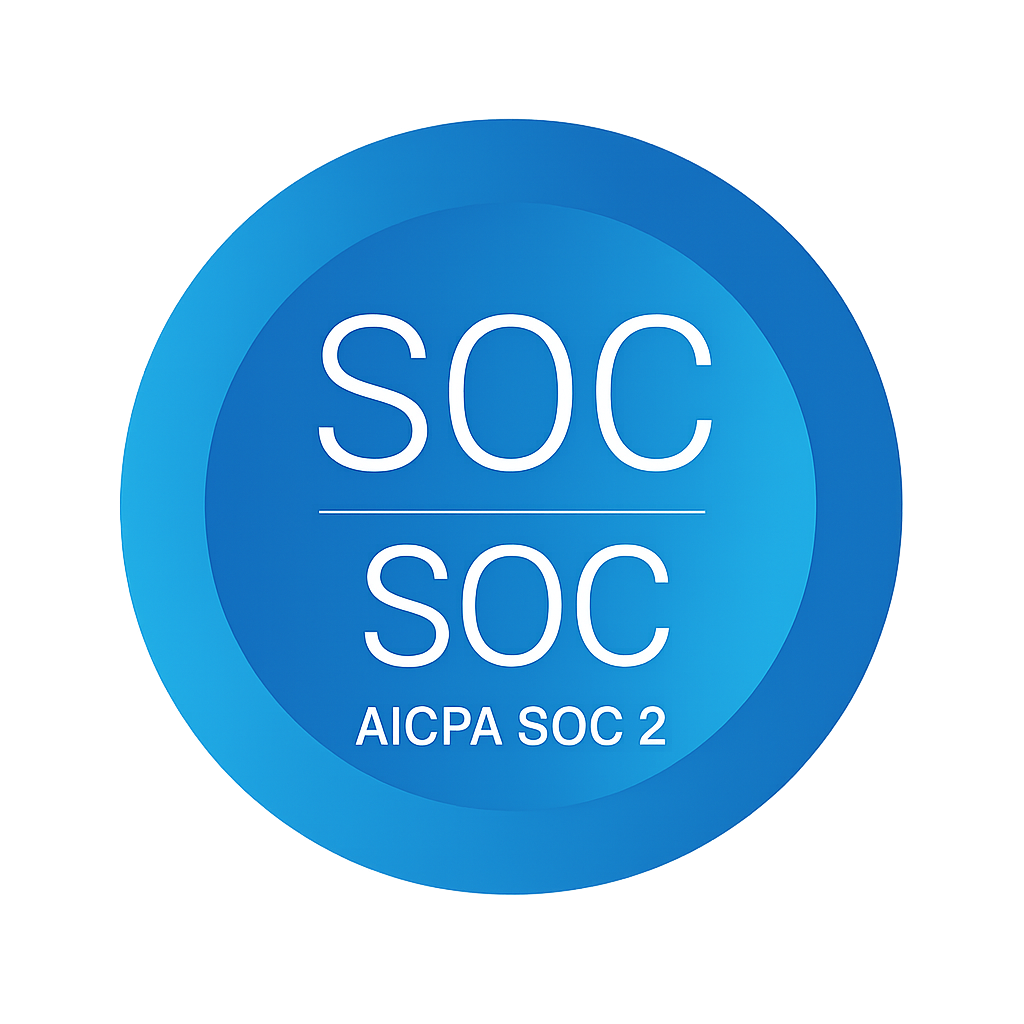Building for the Users
- User-Centered Approach: Understand user needs through research (interviews, surveys, testing), build user personas, and prioritize features based on user impact. Techniques like MoSCoW and Kano Model can guide this process.
- Collaboration & Iteration: Break down silos between product teams, designers, and developers. Utilize user journey mapping and rapid prototyping to identify UX issues early, gather feedback, and refine the product iteratively.
- Continuous Improvement: Prioritize user feedback throughout the lifecycle. Leverage A/B testing, user testing, and data analysis to identify areas for improvement. Foster a culture of user-centered design within the product team.
- Focus on Success: By prioritizing user needs and integrating UX design throughout product refinement, you create a product that solves real problems, delivers a positive user experience, and ultimately drives product success.
In the fast-paced world of product development, launching a product is just the beginning. The key to long-term success lies in product refinement.
But how do you ensure your refinements actually resonate with users? Here's where UX design steps in as your secret weapon.
This blog dives deep into the best practices for integrating UX design into your product refinement process. We'll explore techniques for understanding user needs, prioritizing features, fostering collaboration, and continuously improving the user experience.
By the end, you'll be equipped to transform your product from good to great, ensuring it delights users and thrives in the market.
How to Create Positive User Experiences
The foundation of successful product refinement hinges on truly understanding your users. User research becomes your compass, guiding you towards features that truly resonate.
Through various methods like user interviews and surveys, you can directly tap into user needs, motivations, and pain points.
Usability testing and A/B testing allow you to observe how users interact with your product, revealing potential roadblocks and areas for improvement.
Finally, by analyzing user behavior data, you can identify usage patterns and hidden opportunities to optimize the experience. By consolidating these insights, you can build detailed user personas that represent your ideal customer. These personas act as a constant reference point, ensuring every refinement decision aligns with the user's needs and desires.
Here's how you can craft products that delight users by prioritizing their needs and fostering a seamless, intuitive experience.
- Begin by thoroughly comprehending users' motivations.
"Research and understanding" is the first phase in the UX design process. Starting with a thorough grasp of your users and their intent is essential whether you're creating a brand-new product from scratch or making improvements to an already-existing one.
There are several ways to gain this understanding, such as employing tools for behavior analytics and product experience insight, listening to sales and support calls, and studying usage statistics for the products.
However, nothing can replace genuinely speaking with your users. Frequently, that takes the form of an in-person interview or an online survey. Both can aid in developing insightful user personas that you can use as a resource for the UX design process as you get to know your clients and their needs better.
- Create a strategy for the user experience of your product.
Heatmaps and session recordings are two UX and product experience tools that can assist you in visualizing how users interact with your product. However, having your ideal user flow on hand makes this information even more useful.
You should be able to create an ideal user flow with the steps users must follow in your product in order to achieve their objectives based on what you know about why people use your product. (This resembles a map of the customer journey a lot.)
Everything in your product, from design and interactions to content architecture and element hierarchy, is driven by that ideal flow.
- Keep an eye out for evidence of friction in user behavior and remove obstacles.
Your ideal user flow acts as a benchmark for continuously enhancing UX and helps drive initial product design. Tools like heatmaps and recordings can help you quickly identify user pain spots so that you can address them when you notice users deviating from your ideal flow—when they come across obstacles or design friction that throws them off course.
Analyzing session recordings, for instance, can assist you in identifying potential causes if you notice people leaving before completing their task. You can then request more information to better understand the cause of the drop-off. Users may be deterred from moving on by a certain aspect, such as a dialogue box on a mobile device.
To assist you find friction points or stumbling blocks in the user experience, utilize the fury clicks filter in Session Recordings to isolate the instances when a user repeatedly clicks on a certain component or section of your website. Prioritize adjustments to enhance UX and the consumer experience using what you've learned.
- Think about the multi-platform environment.
No matter how they reach your product, users should have a smooth, seamless experience. Regardless of the device, the design should accommodate mobile, tablet, and smartphone usage if your product permits it.
For instance, a tool for product experience or behavior analytics can assist you in getting feedback on how mobile consumers interact with your product. Then, you may assess how the user experiences differ between devices by contrasting the mobile user experience with your online or desktop product experience.
If there are any differences, you may investigate further by fusing tools like session records and feedback surveys to figure out why consumers behave differently across platforms and how to create a more unified UX.
- Introduce users to the offering.
Giving consumers a sense of where they are, where they can go, and how to return back to where they started is a proactive aspect of good UX design.
It's important to have obvious and clear navigation because users can easily become lost in your product without it. When that occurs, consumers perceive a slowdown, are unable to complete their intended tasks, and have a negative user experience.
Consider a web application you might use to file your taxes, for instance:
There are modules for personal information, earnings, and credits and deductions. Let's imagine you finish the income portion and continue on to the deductions, but you later discover a missing income form tucked away in one of your paperwork piles. To add it, you must return to the income area, but how?
You cannot easily return to the income section using the navigation. Will clicking "Back" get you there? Can you locate it that way by going to the "home" screen? If you do, will you lose the data you've entered?
A good UX design takes into account the fact that some consumers navigate a product in a nonlinear fashion. Use obvious indicators and explicit navigation cues to aid users in navigating through your product to accommodate the nonlinear trip.
How To Prioritise User Needs In The Backlog
With a treasure trove of user insights in hand, it's time to translate them into action. But how do you decide which user needs immediate attention?
Prioritizing user needs within your product backlog becomes crucial. Here's where frameworks like the MoSCoW method come into play. This method categorizes features as Must-Have (essential functionalities), Should-Have (important but flexible), Could-Have (desirable but not critical), and Won't-Have (features outside the current scope).
The Kano Model takes a different approach, analyzing user satisfaction based on feature implementation. This helps identify features that lead to high levels of user delight. Ultimately, striking the right balance is key.
User impact vs. development effort analysis helps you weigh the potential impact of a feature on user experience against the resources required for development.
Remember, successful prioritization isn't just about user needs - it's about aligning them with your business goals.
By carefully considering both user needs and business objectives, you can ensure your product refinements deliver value for both users and your company.
Seamless Refinement: Integrating UX Design Throughout the Process
Product refinement isn't a solitary act. It thrives on collaboration.
Breaking down silos between product teams, designers, and developers fosters a shared understanding of user needs.
This collaborative spirit is fueled by tools like user journey mapping. By mapping out the user's entire experience with your product, you can identify potential friction points and areas ripe for improvement.
Rapid prototyping becomes your secret weapon for early feedback. These low-fidelity prototypes allow you to gather user feedback early and iterate quickly. Don't be afraid to experiment!
Design thinking methodologies encourage creative problem solving, helping you explore innovative solutions to user pain points.
The journey doesn't end with launch. Continuously improving the user experience requires ongoing user feedback. A/B testing allows you to compare different design variations and see which resonates best with users. User testing provides deeper insights into user behavior with your product. Data analysis becomes your guiding light, helping you identify areas for optimization based on user behavior. By fostering a culture of user-centered design within your product team, you ensure that every refinement decision prioritizes user needs, ultimately leading to a product users love to use.
Ready to transform your product from good to great? Let's chat! We offer UX design services that put users first. Visit our website to learn more.



















.png)

.png)








